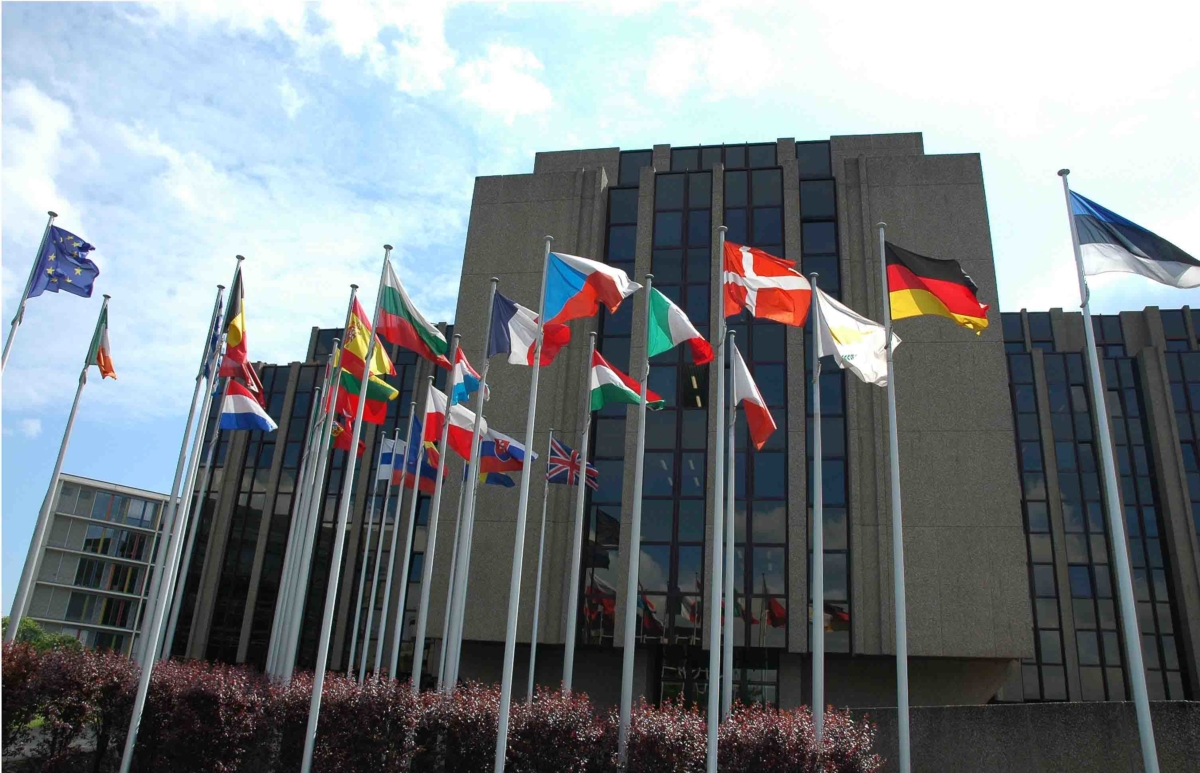In a recently published report , the European Court of Auditors analysed the development and current critical factors of the high-speed rail network. An initial conclusion is that there is still no trans-European network, while some countries have isolated networks that are not integrated with each other. Interconnections are missing. The Court also denounces the closure of the high-speed passenger market in countries such as France and Spain, while, where the entry of other operators is allowed, such as in Italy and Austria, services have increased and prices have fallen.
Between 2000 and 2017, the EU supported high-speed rail projects for €23.7 billion (both ERDF-European Regional Development Funds and Cohesion and Connecting Europe Facility programs). In addition to this, the EIB has financed an additional EUR 29.7 billion, with Spain receiving almost half of the European funding (Italy is third with 8.6% of the total). As with other transport modes, this funding only covered a small part of the resources needed for the high-speed network, with an estimated 11%.
Despite the doubtless benefits of this effort for both mobility and the environment, the Court of Auditors has verified that the construction and commissioning of new high-speed lines is on average very slow (about 16 years in the lines analysed) and that, since it is the Member States that decide where and when to carry out these interventions, the consequence has so far been the lack of interconnection of networks, with a considerable delay on cross-border projects. The lack of coordination will, for example, lead to the Brenner base tunnel being completed well in advance of the important sections in the north, both in Austria and Germany; in other cases, the missing links are in the order of a few kilometers, but enough to create a significant bottleneck in the connectivity of the trans-European transport network.
The European Court of Auditors therefore recommends simplifying and standardizing the authorization procedures for major cross-border projects so as to speed up the completion of these operations as much as possible. It is also recommended individuating result indicators (Key Performance Indicators) based not only on the physical infrastructure endowment, as is currently the case for the major trans-European transport axes, but on the result achieved by the investments made, i.e. on the actual use and impact in relation to the resources committed. Obviously, it is necessary to carefully plan a network that can be dedicated only to passenger trains, or to mixed freight-passenger traffic, and have different speed limits. Even on lines with a maximum speed of 250km/h, there are actually cases of average speeds not much higher than 100km/h. Significant savings can therefore be achieved with modest changes to the performance of the lines. This is the case of the line between Trieste and Venice which, with a modification that involves an extension of the journey- time from 55 to 65 minutes (upgrade of the old line to a completely new line), has resulted in a reduction in estimated costs of 5.7 billion euros.

